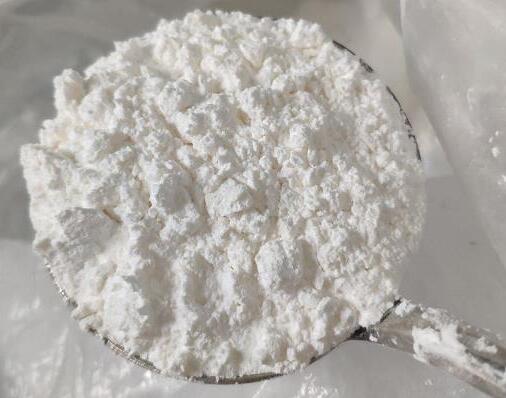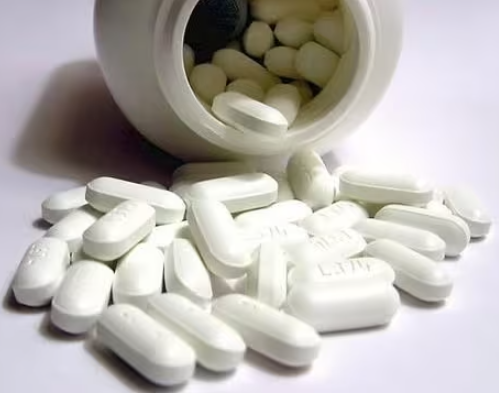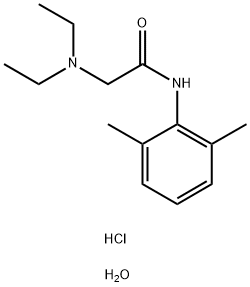What is the difference between Lidocaine and Lidocaine Hydrochloride?
Sep 9,2024
Introduction
Lidocaine Hydrochloride is the hydrochloride salt form of lidocaine, an aminoethylamide and a prototypical member of the amide class anaesthetics. Lidocaine Hydrochloride, USP is chemically designated 2-(diethylamino)-N-(2,6-dimethylphenyl)-acetamide monohydrochloride monohydrate, a white powder freely soluble in water. The molecular weight is 288.82.
Chemical property
Lidocaine Hydrochloride USP Monohydrate is very water-soluble. The pH of an aqueous solution is acidic, often in the range of 4-5. It has a pKa of approximately 7.8. Remember, pKa is the acid dissociation constant, where a molecule exists half in ionized form and half nonionized. What that means to a compounder is that, in an aqueous vehicle, Lidocaine Hydrochloride USP Monohydrate will be half precipitated at a pH of 7.8. As a practical matter, you should be concerned with any pH above 7 since precipitation may start below the pKa value.
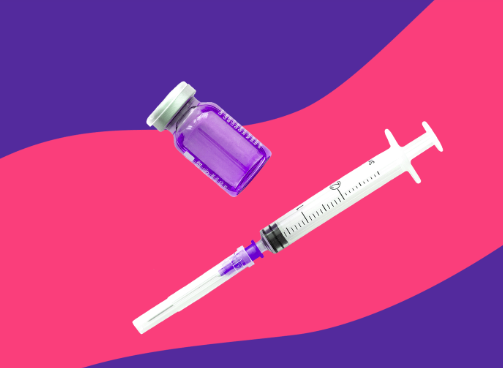
Lidocaine USP, sometimes referred to as lidocaine “free base” because it is not bound with chloride and water, has a molecular weight of 234.34. By comparing the molecular weights, you can see a salt ratio of free base to HCl monohydrate salt of 1:1.23. Lidocaine USP is not soluble in water; however, it is soluble in ethyl alcohol and oils. You could consider Lidocaine USP to be the nonionized form of the chemical.
Lidocaine vs Lidocaine Hydrochloride
Lidocaine acts mainly by inhibiting sodium influx through sodium-specific ion channels in the neuronal cell membrane, particularly the so-called voltage-gated sodium channels. When the influx of sodium is interrupted, an action potential cannot arise, and the neuron cannot conduct the signal. The receptor site is thought to be located at the cytoplasmic (inner) portion of the sodium channel. Lidocaine Hydrochloride USP Monohydrate binds more readily to sodium channels in an activated state; thus, it tends to take effect faster in rapidly firing neurons. This is referred to as a state-dependent blockade. When a patient is in pain, the sodium channels are in an activated state, and the ionized form of lidocaine (Lidocaine Hydrochloride USP Monohydrate) is the best choice.
Conversely, when a patient is not in pain and you wish to provide anesthesia prior to a pain stimulus, the nonionized form of lidocaine (Lidocaine USP) is the best choice. Since lidocaine’s receptor site is thought to be on the internal surface of the cell membrane, the drug must penetrate the membrane, which is achieved best in the nonionized form. This is most important when applying lidocaine to the skin's surface but not important when applying to mucous membranes.
References
[1] labeling.pfizer.com/ShowLabeling.aspx?id=4498 https://labeling.pfizer.com/ShowLabeling.aspx?id=4498
[2] THE PCCA BLOG | Lidocaine vs. Lidocaine HCl (pccarx.com) https://www.pccarx.com/Blog/lidocaine-vs-lidocaine-hci3#:~:text=Lidocaine%20Hydrochloride%20USP%20Monohydrate%20binds,faster%20in%20rapidly%20firing%20neurons.
- Related articles
- Related Qustion
- Usage and Application of Linocaine hydrochloride Aug 11, 2022
Lidocaine hydrochloride is a medium effect amides local anesthetic used as a local anesthetic and antiarrhythmic drug
Lidocaine hydrochloride
6108-05-0You may like
Lidocaine hydrochloride manufacturers
- Lidocaine hydrochloride
-
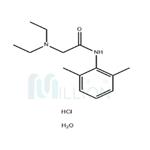
- $1.00 / 1kg
- 2025-01-21
- CAS:6108-05-0
- Min. Order: 0.10000000kg
- Purity: 99%
- Supply Ability: 200KG
- Lidocaine hydrochloride
-
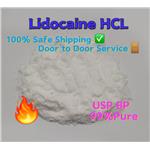
- $160.00/ kg
- 2025-01-21
- CAS:6108-05-0
- Min. Order: 1kg
- Purity: 99%pure
- Supply Ability: 20 tons
- Lidocaine hydrochloride
-
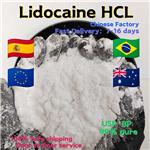
- $160.00 / 1kg
- 2025-01-21
- CAS:6108-05-0
- Min. Order: 1kg
- Purity: 99%pure
- Supply Ability: 20 tons




